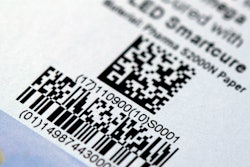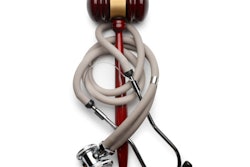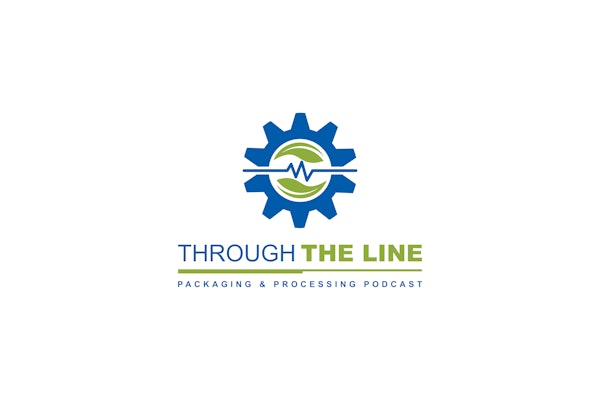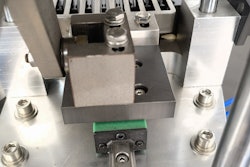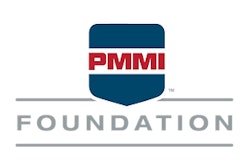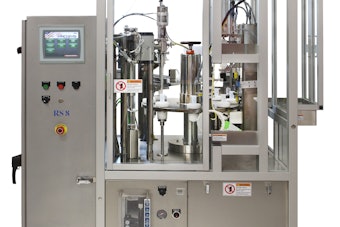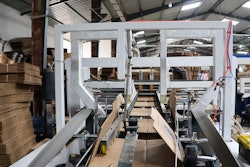Have you embraced risk assessment in your validation and documentation efforts? Healthcare Packaging asked this question to readers in a September e-mail survey. What follow are some of their responses.
“We are licensing our use of risk assessment, but not always using them to focus on qualifying the most critical quality risks,” said a medical device respondent. “One challenge is in the confusion caused by the lack of distinguishing between a risk (probability-based) and a lack of knowledge.” The respondent added, “We have not documented well the knowledge that would provide back-up to lowered levels of assessed risks.”
Another medical device professional said, “We run decision analyses based on risk for the patient. We have FMEA [Failure Mode and Effects Analysis] for the packages and components used for them.”
“The mentality is to err on the safe side and validate almost everything,” said one medical device respondent. A pharmaceutical company representative noted, “We have a risk-assessment model, but we still validate all of the equipment.”
Another pharmaceutical respondent noted, “We use a lot of the risk-based system in order to qualify what makes sense or is critical.”
A respondent in engineering services at an automation firm said, “We have to follow our customers' model. Moreover, this affects the industry more than service providers like us.”
-Jim Butschli, Editor, Healthcare Packaging
“We are licensing our use of risk assessment, but not always using them to focus on qualifying the most critical quality risks,” said a medical device respondent. “One challenge is in the confusion caused by the lack of distinguishing between a risk (probability-based) and a lack of knowledge.” The respondent added, “We have not documented well the knowledge that would provide back-up to lowered levels of assessed risks.”
Another medical device professional said, “We run decision analyses based on risk for the patient. We have FMEA [Failure Mode and Effects Analysis] for the packages and components used for them.”
“The mentality is to err on the safe side and validate almost everything,” said one medical device respondent. A pharmaceutical company representative noted, “We have a risk-assessment model, but we still validate all of the equipment.”
Another pharmaceutical respondent noted, “We use a lot of the risk-based system in order to qualify what makes sense or is critical.”
A respondent in engineering services at an automation firm said, “We have to follow our customers' model. Moreover, this affects the industry more than service providers like us.”
-Jim Butschli, Editor, Healthcare Packaging



